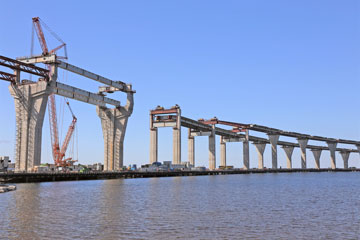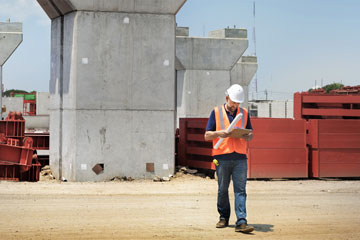The allocation of risk in FIDIC (part I)
04. oktober 2020
An introduction to the allocation of risk under FIDIC from a Danish perspective.
In any construction project, uncertain events will likely occur, which will have an effect on the achievement of the projects’ objectives, such as time, money and quality. Such uncertain events in construction projects commonly include unexpected ground conditions, inadequate plans, delays, weather conditions, inadequate specifications, faulty materials or workmanship, extra work etc. and risks related to such events should always be foreseen, managed and allocated in the construction contract.
When allocating such risks, the following four questions are relevant to ask and assess:
When allocating such risks, the following four questions are relevant to ask and assess:
- Which party can best foresee the risk?
- Which party can best control the risk and associated consequences?
- Which party can best bear that risk, e.g. can a party transfer the risk, e.g. through insurance?
- Which party ultimately most suffers or benefits when the risk eventuates?
The responses to these questions are reflected in FIDIC, and in the following short paper, we will assess how the Fédération Internationale Des Ingénieurs-Conseils (FIDIC) have decided to allocate the risk between contractor and employer relating to force majeure, unforeseen ground conditions and change in law. Focus will be on the FIDIC Red (Construction Contract), Yellow (Design and Build) and Silver Turnkey/EPC) books.
The short paper on the allocation of risk in FIDIC can be found here.





